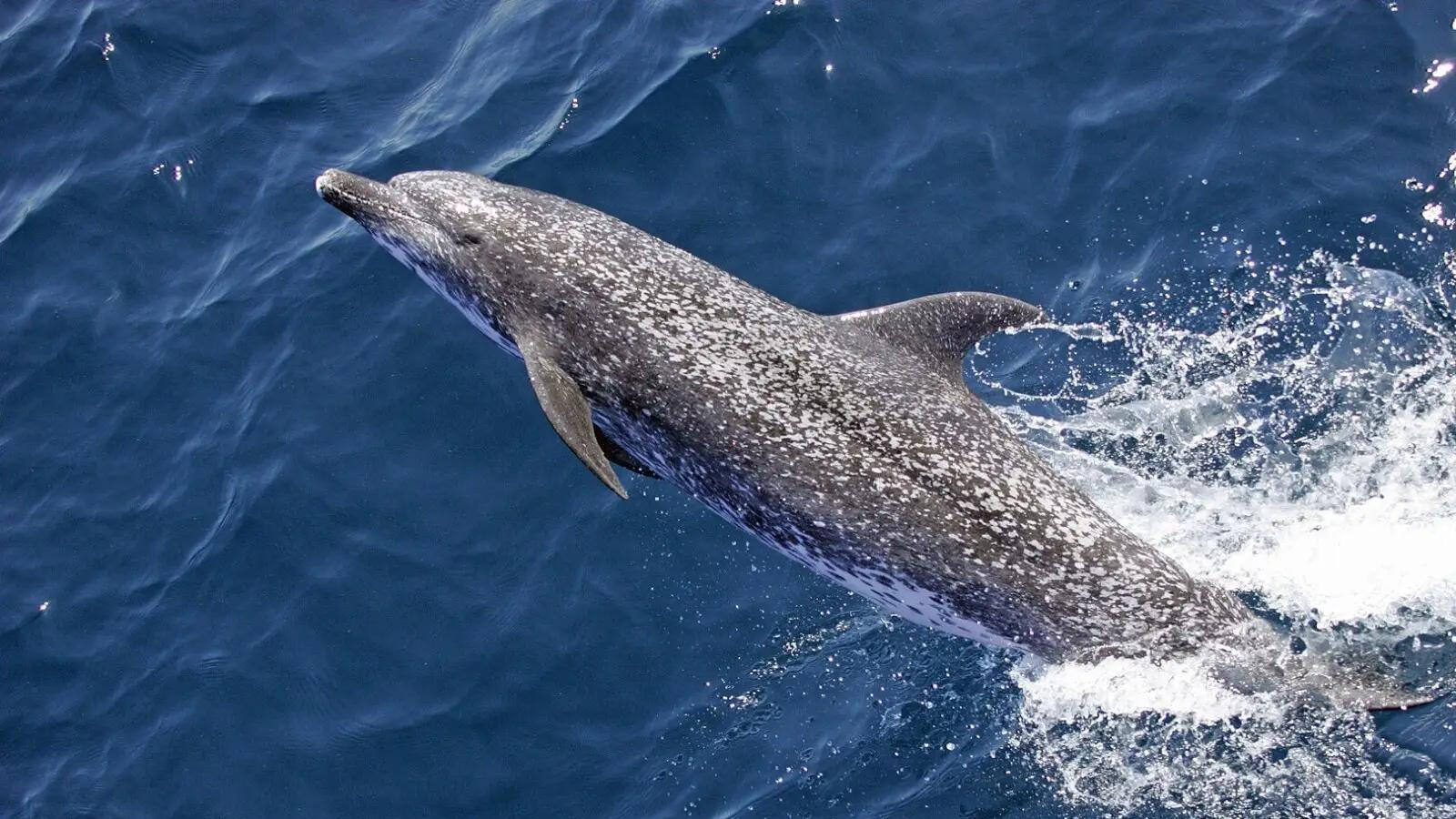
Dolphins of the Gulf of Mexico
Learn about the species you’ll find in the Gulf, common misconceptions about them, and the threats they face
Can you imagine a world filled with more wildlife and wild places? So can we. And we’re working together to make it happen.
Every minute, we’re losing two football fields worth of wild lands, and too many animal species face extinction. It’s up to us to turn things around. We imagine an America with more mountaintops where all we see is forests below, with more rivers that flow wild and free, more shoreline where all we hear are waves. An America with abundant wildlife, from butterflies and bees floating lazily in your backyard, to the howl of a coyote in the distance, to the breach of a whale just visible from the shore. Together, we can work toward this better future.
Learn about the species you’ll find in the Gulf, common misconceptions about them, and the threats they face
Send Your Message
The amazing shark species in the Gulf of Mexico need to be respected and protected for the benefit of our oceans
A uranium mine just began operations — mere miles from the Grand Canyon and all of the wildlife that call it home.
It’s already possible, but with new charging stations planned across Texas, it’ll soon be much easier
Parks and Wildlife warns Texans of the possible detrimental impacts of the introduction of Marbled Crayfish into Texas waterways.
